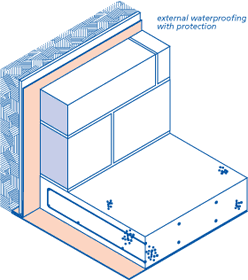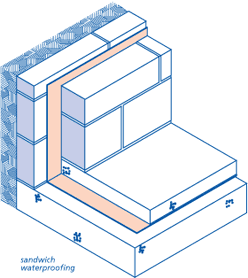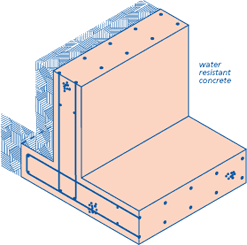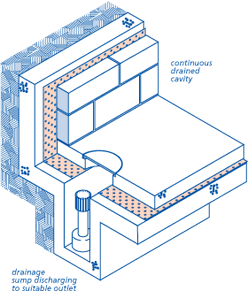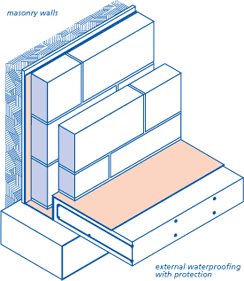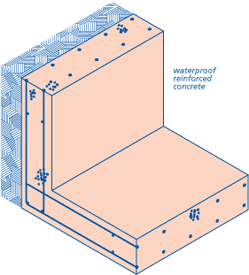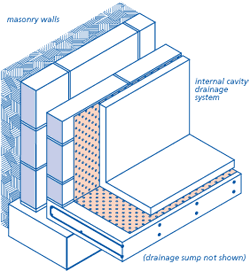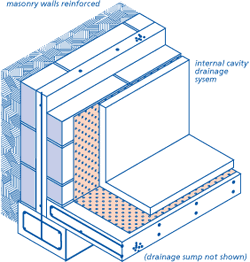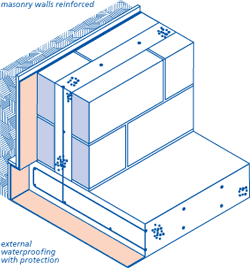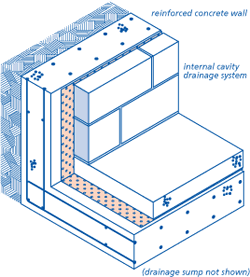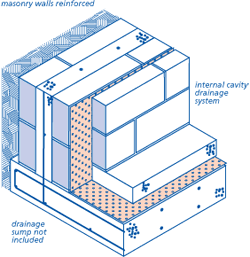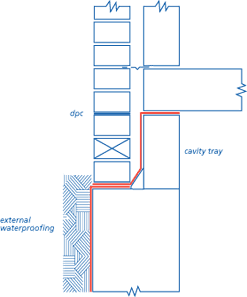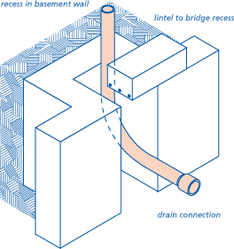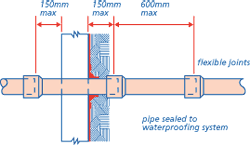5.1 Substructure and ground bearing floors
| 5.1 - Appendix 5.1A | |
| Materials for use as fill | |
| 5.1 - Appendix 5.1B | |
| Basement constructions | |
| 5.1 - Appendix 5.1C | |
| Typical details for basements | |
Appendix 5.1-A
Materials for use as fill
| Hazardous materials | The following materials require testing to ensure their suitability for use as fill to support ground bearing slabs or as backfill to associated trenches:
|
| Test requirements | Tests should be carried out by a suitable qualified person with a detailed knowledge of:
The samples tested must be representative of the true nature of the material. It may be necessary to take a number of samples to find out the material characteristics of the fill. Tests for sulfate content should be carried out in accordance with the recommendations of BRE Digest 363 (current edition). |
Sources of fill material | Where the material is of a stable and uniform type from one source, it may only be necessary to check its suitability once. If material is variable, or from a number of sources, it should all be suitable. Regular inspections and/or testing may be required. Where industrial waste is permitted as fill material, it is essential that sufficient testing is carried out to ensure suitability. Where material is obtained from stockpiles, check the material is uniform. Different forms of stockpiling can affect particle size/grading. The outside of a stockpile may be weathered and may not be the same as unweathered material. |
| Fill requiring NHBC approval | The following types of fill should not be used unless written permission has been obtained from NHBC:
|
| Expansive materials | Fill containing expansive materials is not acceptable for use as support to ground bearing slabs or as backfill to associated trenches. |
Appendix 5.1-B
Basement constructions
This Appendix shows the three types of basement constructions.
Appendix 5.1-C
Typical details for basements
This Appendix contains generic details for basements. Because of the variations between different waterproofing systems, they should not be used as construction details. The manufacturer of the tanking system should be consulted.



















